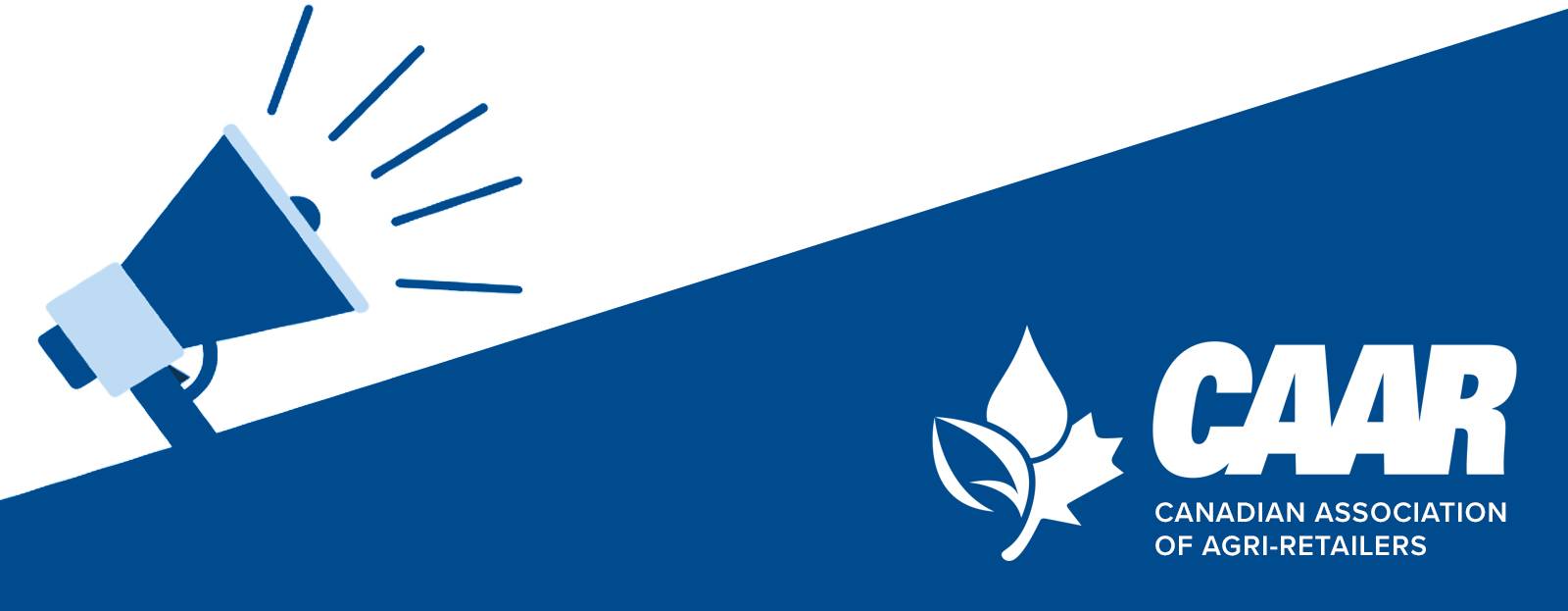
As CAAR members may recall, consultations occurred between March 21 and June 30, 2022, based on a discussion document shared online titled: Further Strengthening Protection of Health and the Environment: Targeted Review of the Pest Control Products Act.
Transformation Steering Committee meetings, Technical Working Group sessions for different pillars, and meetings with FPT partners were also held.
All non-ag NGOs advocated following the European Commission’s mandate to reduce pesticide use in Canada by 50 percent.
Then, a ‘What We Heard’ report titled Consultation on further strengthening protection of health and the environment: Targeted review of the Pest Control Products Act was published.
The first meeting of this second round was held on December 19, 2022, and focused on agricultural non-crop sectors and non-agricultural sectors, including Structural/Premise, Forestry and Woodlots, Livestock (honeybees), Companion Animals, Aquatic Uses, Turf (for turf pests), Indoor Plants/Plantscapes, and Antimicrobials.
Each of these use patterns has its own unique set of information needs and challenges, including specialized products (e.g., termiticides, fumigants, rodenticides), marketing type (e.g., domestic class market versus commercial/restricted), complexity of the sector (e.g., livestock production – animal, premise, feed/fodder), limited use pattern and application data collected or available.
Many organizations participated in the process. There was much discussion regarding the European Commission pesticide policy, California pesticide policy, retail reporting of sales to farmers in Spain, farmer online reporting of pesticide application in Portugal, and embracing COP15 Canadian commitments.
Health Canada says it has a “Science-based focus,” but it was open to receiving comments that were not science or data-substantiated.
Health Canada also stated that it was difficult to collect real-world data on use scenarios, frequency, and degree of application (volume or percent of area).’ CAAR believes that crop insurance captures a significant volume of Canadian fertilizer and pesticide types, rates, and application(s) data online.
With the Notice of Intent, the Health Canada website says, “We heard from some stakeholders, namely pesticide manufacturers and user groups, that amendments to the Pest Control Products Act were not needed at this time and that much of the transformation agenda could be implemented through existing policy and regulatory channels. We also heard from some non-governmental organizations (NGOs) that the PMRA should undertake a broad review of the Pest Control Products Act, and several comments and suggestions were received supporting amendments to the legislation. This proposal, which complements several currently underway policy initiatives, is a key step as part of Health Canada’s initiative to strengthen the protection of human health and the environment from pesticide risks and improve transparency of its decision-making process.”
Health Canada says that it will focus its attention on the following areas:
- Facilitate access to confidential test data (CTD), including for research and re-analysis purposes;
- Increase transparency for MRL applications for imported food products;
- Give the Minister the explicit authority to require the submission of available information on cumulative environmental effects and require the Minister to consider cumulative effects on the environment during risk assessments where information and methodology are available and
- Strengthen consideration of species at risk by giving the Minister the explicit authority to require the submission of available information on species at risk.
Retailers will need to ensure they participate in this process as much as possible. For more information, please contact CAAR Executive Director Mitch Rezansoff at 204-989-9303.

